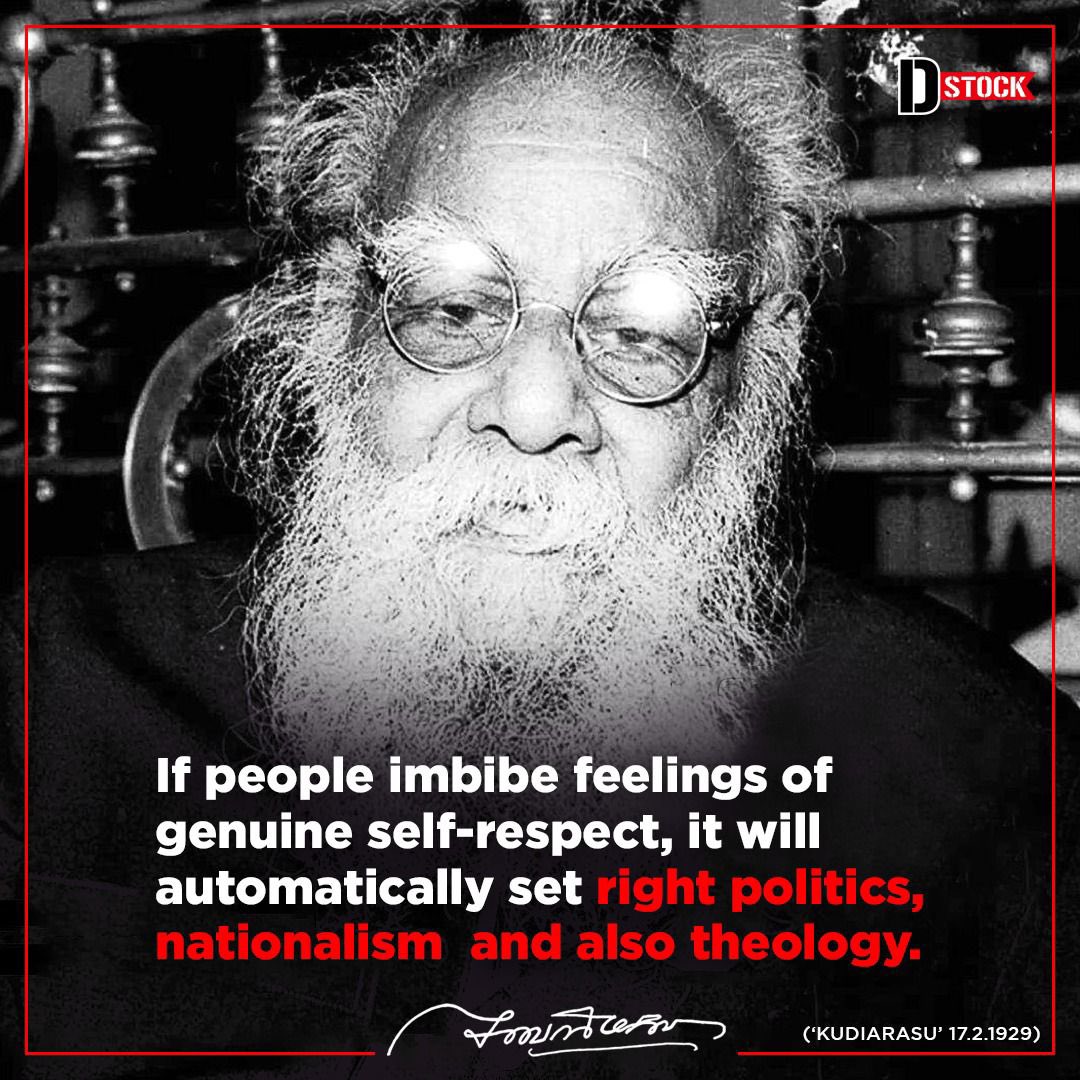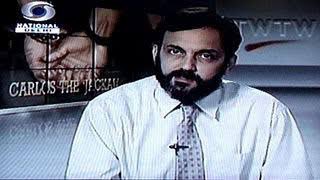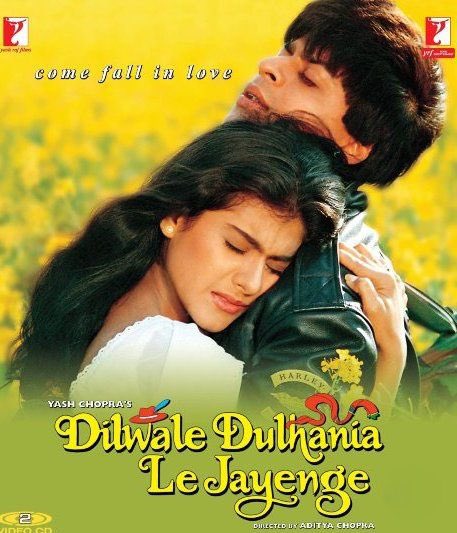
A thread on Hindi imposition debate. #HindiDiwas
At the time of India’s Independence, Hindi was still a language in the making. The geographical reach of Hindi was not bigger than that of Telugu or Bengali. Hindi was not the mother tongue of people in Awadh, Braj, Mithila, Magadh, Bundelkhand, Ahirwal, Nimad, Marwar or Mewar.
In these areas, each language is unique and it is not easy for a Maithil person to understand Bundelkhandi or Brajbhasa.
As Hindi was not standardised in 1947, the government tasked the Central Hindi Directorate to do so.
As Hindi was not standardised in 1947, the government tasked the Central Hindi Directorate to do so.
After much deliberation, it was decided to use roman numerical. It is still not settled whether to use Persian/Arabic/Turkic words in Hindi or not and what is better, Sanskritised Hindi or Hindustani.
Echoing this sentiment, former CM of Madras Presidency and Rajya Sabha member P. Subbarayan presented a dissent note to the 1st Official Language Commission.
Subbarayan said “People who possess as their mother tongues well formed languages with a continuous literary history of over thousand years and more like Bengali, Assamese, Oriya, Marathi, Gujarati, Telugu, Tamil, Kannada and Punjabi feel…
…very difficult about accepting this new policy about official language, particularly when by direct and indirect means, it is attempted to be forced upon them.”
Hindi was given priority over other languages in the Constitution. Article 351 says, “It shall be the duty of the Union to promote the spread of the Hindi language, to develop it so that it may serve as a medium of expression for all the elements of the composite culture of India
..and to secure its enrichment by assimilating without interfering with its genius, the forms, style and expressions used in Hindustani and in the other languages of India specified in the Eighth Schedule,
… and by drawing, wherever necessary or desirable, for its vocabulary, primarily on Sanskrit and secondarily on other languages.”
This idea of making Hindi “a medium of expression for all the elements of the composite cultures of India” is flawed and deeply contested. Hindi was accorded this coveted position by the Constituent Assembly and not by Parliament consisting of elected representatives.
This point was highlighted by S.K. Chatterji in his dissent note submitted to the 1st Official Language Commission. He submitted that Hindi was given prominence just because it was the most widely understood language of North India.
People in non-Hindi-speaking areas agreed to accept Hindi, some with enthusiasm and some with doubt and misgivings, mainly because they thought that linguistic unity is vital.
North Indian Hindi-speaking members of the Congress party in the Constituent Assembly insisted that Hindi was accepted as the Official Language of the Indian Union.
In the post-Independence era, Hindi grew but the growth was not organic. The Union government spent money to promote Hindi especially in non-Hindi-speaking areas so that it may be accepted as the link language nationally.
The Department of Official language was given specific task that involved “co-ordination in all matters relating to the progressive use of Hindi as the Official Language of the Union, including administrative terminology, syllabi, textbooks, training courses and equipments.
There is a Hindi training programme in place for central government employees since 1955. The presidential order dated 27 April 1960 said “in-service training in Hindi may be made obligatory for Central Government employees who are aged less than 45 years.
The Union government is running these programmes across the country. In government departments across India, Hindi Day is celebrated and essay and typing competitions are held. Government rewards good performers in these competitions.
There is an Official Language Wing in the law ministry, which translates all government bills in Hindi. At the same time, no incentive is given to Hindi-speaking employees for learning other Indian languages.
In the field of education, the 1st Official Language Commission had put much emphasis on introduction of Hindi as compulsory subject in secondary schools in all non-Hindi areas, so that the next generation of Indians may be Hindi-knowing,
It brushed aside the suggestion that students in Hindi-speaking areas in secondary schools should compulsorily learn another Indian language.
The Commission instead suggested that options for these students should include languages like Sanskrit, French, German, and Russian.
The Commission instead suggested that options for these students should include languages like Sanskrit, French, German, and Russian.
This was the mainstream idea related to the language policy just after the Independence that non-Hindi students must learn Hindi, but Hindi students should study Sanskrit or some foreign language.
Mass media also played a crucial role in the proliferation of Hindi. Until the 1990s, the Union government was in sole control of radio and television. Television broadcasting started in 1965 and till the mid-1990s, most of the programming was in Hindi.
Only after regional stations were established that things started to change. But by that time, the foundation had already been laid. During 1983-1991, many popular programmes and serials were launched in Hindi.
Mythological serials like Ramayana and Mahabharata became powerful vehicles to carry Hindi with the religious massaging.
• • •
Missing some Tweet in this thread? You can try to
force a refresh































